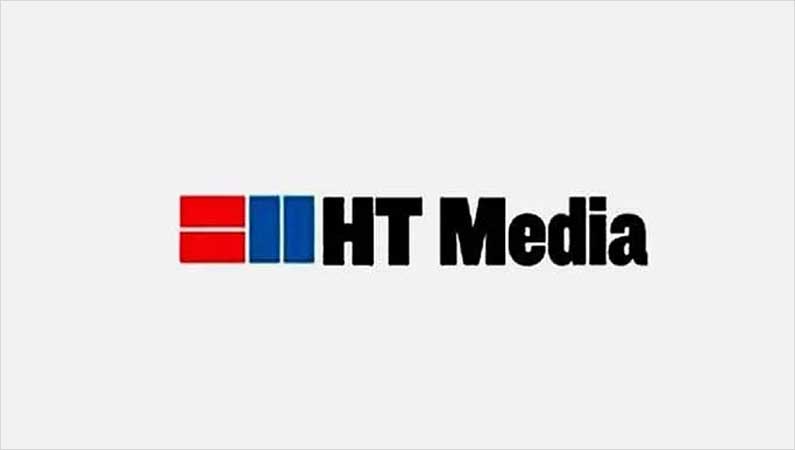During the company's Q1 earnings conference call, Gupta said 80% of pre-Covid circulation is a good enough number for ad revenue monetisation
Newspaper circulation might not reach 100% of pre-Covid level as 10-15% of newspaper readers would have exited the space in the last 18 months, HT Media Group CFO Piyush Gupta said during the company's Q1 earnings conference call.
Answering a question about the importance of circulation going back to 100% for the ad revenue to touch pre-Covid levels, Gupta said, “Look it will be welcome, but it's not like it's very necessary, because one of the other trends will be of readers probably might not coming back to a newspaper and might go into a digital form. So 10%-15% readers would probably have vacated the space.”
He further stated that the newspaper industry will add new readers from the Hindi market due to the entry of first-time literates. He also said that 80% of pre-Covid circulation is a good enough number for ad revenue monetisation.
“Given Hindi and the market that it is in, there are a lot of first-time literates who are coming into the stream, so they become the new set of readers. But for the ad revenues, I think 80% gives you a sufficient critical mass to garner the same kind of ad revenues. Of course, the wild card that we will have to see is that the pricing in the industry has to stabilize, which right now is not stable,” Gupta added.
Queried about the expansion plans of Hindi daily Hindustan, Gupta said that the newspaper started 97 years ago in unified Bihar and has since expanded its presence to Delhi, Uttar Pradesh, and Uttarakhand. He further stated that the physical expansion of a newspaper is a costly proposition. He also noted that there are well-entrenched players in other Hindi-speaking markets.
“So we have cautiously picked up the state where we believe that there are more ad revenues to garner. The other markets we are catering through our online app. As we move forward, we will be increasing the local content for various state-related and local municipality-related issues across the country. And currently we don't plan to expand the footprint of the physical paper beyond the market that we currently are in,” he explained.
Gupta also said that the company will start recovering most of the losses that it has sustained due to the impact of second wave of Covid-19 in the second quarter. “In the third quarter and the fourth quarter, depending on how the festive season pans out, I am very hopeful that we will have very handsome growth coming onto our revenue.”
As far as bottom line is concerned, Gupta pointed out that the big difference between last year and this year is the raw material cost. “Because the newsprint, which is a substantial part of the bill of material for publishing a newspaper, is substantially higher than what it was last year. That, of course, will have an impact on margins, but I believe it will stabilize at a certain level. Right now, it's on upward trend, but given the good smart recovery on ad sales, I believe we will have a good third quarter and a very good fourth quarter. That's crystal gazing, but that's what I believe.”
Anticipating disruption in newsprint prices, HT Media had taken a decision to increase its raw material stock. “That is keeping us in very good stead as far as the imported newsprint is concerned. So the spot replacement price on imported newsprint is north of $600 a metric ton, and we are still managing the old prices, and we, I think, have a sufficient cover to tide over it.”
According to him, the bigger problem is coming on the domestic newsprint front due to shortage of old newsprint. India only makes recycle newsprint due to environment laws. “Because of whatever reason, the old newsprint is priced so higher that the domestic newsprint is now at a very high elevated level north of Rs 40,000 a metric ton. I believe what the prices earlier were artificially low.”
He also said that the newsprint cost might take a quarter or two to stabilize, but it will dampen the margins. “We might feel a little bit more escalation in prices before it stabilizes or comes down, but I think we've already got the impact of about 12% to 15% depending upon domestic or imported and a mix of that. We believe another 5% to 7% will happen before they start stabilizing or coming down.”
On the radio business, Gupta said that the segment might turn a profit in two quarters if the third Covid-19 wave doesn't come. “So I believe, if the third wave does not come, we might in two quarters, see radio turning in a profit. But it will definitely not happen this quarter, maybe the quarter after that, and after that it will go from strength to strength because one thing that has happened is because of these forces, we had no other option but to work the cost structure in a very, very innovative way.”
The capacity utilization in prime and non-prime hours on radio was below 50% in Q1, while the pricing is under pressure on all media platforms, including radio. “So pricingis much, much softer than pre-pandemic level, but the capacity utilization is also less than 50% at this point in time.”




.jpg)